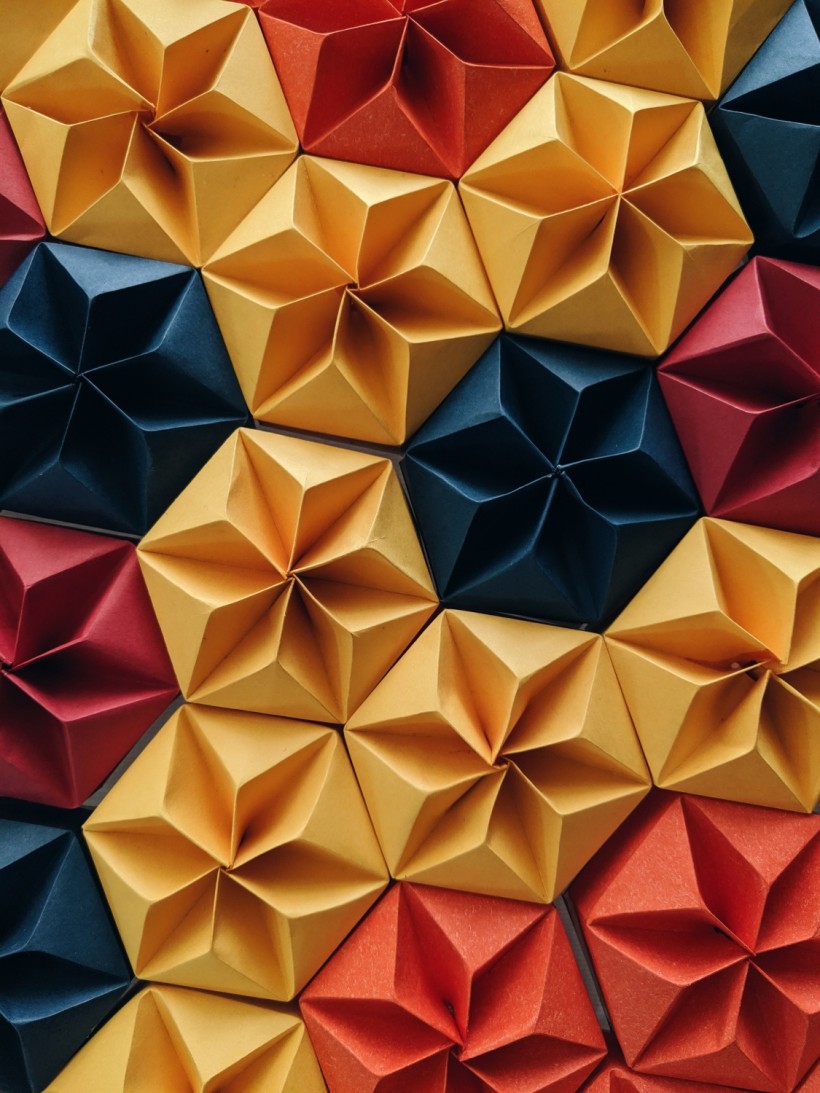Origami is known for the elegance of its construction. The way paper could be creased to form fantastical shapes have always captured the attention of young minds and old hands alike, and it comes as no surprise to see the interest in the art grow among technical professionals.
As ancient as the tradition is, the paper modeling technique proves to have applications just as relevant in the modern world as it had when it started out in East Asia. The art continues to provide insight into the way shapes work, inspiring dedicated fields in mathematics as well as more practical aspects of engineering.
One such inspiration touched the mind of Robert Lang. Starting out as a NASA scientist, Lang went on to work as a physicist and engineer before he became one of the first Westerners to be invited to address the Nippon Origami Association's annual meeting. Since then, he quickly became one of the pioneers of origami engineering, working on origami full-time and acting as a consultant for engineering projects and conducting workshops on industrial design.
The rising interest in computational and industrial origami lies in the elegance of its structural solutions. Origami is unique in its ability to educate designers on the best way to fold different structures, which is of special interest to manufacturers and space agencies alike.
As one of the first to delve into the interdisciplinary field of origami engineering, Dr. Lang has had a heavy hand on the way industrial materials are designed and deployed, such as NASA's solar arrays and airbags. Because of the cost of sending things out into space, NASA is especially keen on making equipment as light and durable as possible. By applying origami-inspired techniques, NASA's Jet Propulsion Laboratory engineers could create more functional interfaces for their astronauts to navigate in, trading out bulkiness for ultra-portability.
But while Lang's impact is great, but he's not the only one taking arms. Origami has also touched several sectors in technology, mathematics, and even medicine.
The late David Huffman, for example, was one of the pioneers of computational origami. While renowned for the Huffing code data compression technique, Dr. Huffman's interest in origami has also laid the foundations for people such as Simon Guest on foldable structures, though Huffman was more interested in how patterns could be folded in a way that relieves pressure off the paper.
Additionally, Oxford University's Zhong You has made great contributions to the study of deployable structures. Their incorporation of origami into several types of devices has led to the creation of better heart stents and improved crash absorption mechanisms.
Although the art of origami combined with science has long since taken off in the recent decade, there still seems to be room for it to grow, and efforts promoting such study have yet to decline. While there are a handful of autodidacts that have a passing interest in the subject, full-time lecturers and origami engineering professionals have taken the time to hold workshops and annual conferences to create more interest and potentially new solutions to old problems. And as the field becomes more accessible to interdisciplinary applications such as industrial designers and architects, the future of origami engineering promises to marry form and function in everyday society.
RELATED ARTICLES: Meet PUFFER, NASA's Origami-Inspired Scout Robot
© 2024 NatureWorldNews.com All rights reserved. Do not reproduce without permission.


![Climate Change is Reducing Dust Levels Worldwide as Arctic Temperature Warms [Study]](https://1471793142.rsc.cdn77.org/data/thumbs/full/70320/280/157/50/40/climate-change-is-reducing-dust-levels-worldwide-as-arctic-temperature-warms-study.jpg)


![Tsunami Hazard Zones: New US Map Shows Places at Risk of Flooding and Tsunamis Amid Rising Sea Levels [NOAA]](https://1471793142.rsc.cdn77.org/data/thumbs/full/70325/280/157/50/40/tsunami-hazard-zones-new-us-map-shows-places-at-risk-of-flooding-and-tsunamis-amid-rising-sea-levels-noaa.jpg)
